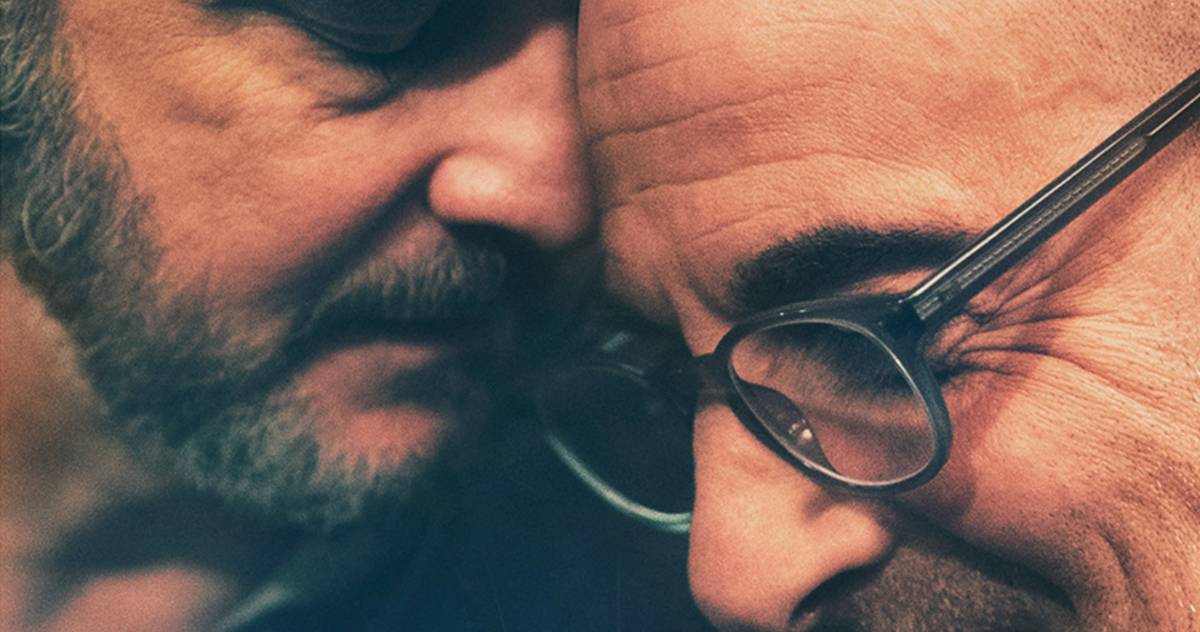#“Jean-Michel Basquiat: King Pleasure” Exhibition Debuts in Los Angeles

The strikethrough is a typographical choice that commands attention; it demands that you notice it to the temporary dismissal of everything else around it. Jean-Michel Basquiat, the pioneering painting prodigy who rose to great acclaim before his untimely death in 1988 at age 27, used this device on his canvases intentionally. In fact, for a young, dreadlocked Haitian and Puerto Rican artist navigating the predominantly white fine art world of New York City in the late 1970s and 1980s, his very presence was a strikethrough — attracting eyes, intrigue, critique and passive observation. His outsiderness, ultimately, was outsized only by the ingenuity of his work.
Neo-expressionist painting (the movement Basquiat helped popularize) was direct and challenging in its commentary, elbowing the politeness of minimalist concepts that dominated the midcentury out of the way in exchange for high-energy canvases defined by their vividness and honest portrayal of reality. In that tradition, Lisane Basquiat and Jeanine Heriveaux, the late artist’s younger sisters who have run his estate since their father’s death in 2013, have curated and executive produced an exhibition — opened Friday — that tells the true story of how Basquiat lived, featuring some 200 artworks and ephemera that have been privately maintained by the family for decades.

The Estate of Jean-Michel Basquiat Licensed by Artestar, New York
“Jean-Michel always had these different viewpoints of things that were very localized but then also had the ability to take a step back and look at them from more of a global perspective,” Lisane Basquiat, co-administrator of the Estate of Jean-Michel Basquiat, said.
Basquiat’s travels figured greatly into his work; he spent time living in Puerto Rico, Hawaii and Los Angeles “for roughly eight months in 1982,” Heriveaux says. “Then he came back here and visited with rapper and artist Rammellzee and a graffiti artist named Toxic … that is when he painted the works ‘Hollywood Africans.’ He painted those works to symbolize their visit here in L.A.”
The family chose to mount the show at the Frank Gehry-designed Grand LA because of the surrounding arts community (with MOCA and The Broad nearby) downtown, and to honor the wishes of Basquiat devotees on the West Coast, itching for the chance to see the exhibition that first opened in April 2022 at the NYC Landmark Starrett-Lehigh Building.
“Los Angeles has a really rich artist and creative community, and so we thought that it would be good to come here and connect with this community … we felt that this was someplace that would be really receptive and warm to welcome Jean-Michel,” Lisane Basquiat says. “[He] liked it here, he enjoyed it.”

Courtesy of Miranda Penn Turin
An avid collector during his trips abroad, several objects and ephemera Basquiat acquired from visits to Japan, Maui and the Ivory Coast are found in the part of the exhibit rendered as a recreation of his iconic Great Jones Street studio (which doubled as his apartment) in Manhattan. The experiences he had, places he saw and people he met through chance encounters in these places found themselves incorporated into Basquiat’s notebooks, too.
“I think it’s been pretty amazing how well-known he’s become, and how integrated he’s become into popular culture, both here in the United States and also globally. He loved to travel … and you can see within his work commentary about colonialism, about Africa, about Hawaii,” Lisane Basquiat says.
Conversations about curating the “King Pleasure” exhibition first began in 2017 (at the recommendation of their stepmother Nora Fitzpatrick), but it wasn’t until 2020 that Lisane Basquiat and Heriveaux formally began collaborating with producer Ileen Gallagher and ISG Productions Ltd.
“I would say that most of our collection has never been seen,” Heriveaux says. “We do, on occasion, loan to different museums, but I would say it’s been maybe a dozen that we’ve actually ever loaned. So that’s why we felt it was important to share what it is that we have.”
Some of the unique pieces include Basquiat’s real bicycle (“that’s to signify his lack of ability to get a cab,” Heriveaux says) and two large-scale paintings (one is 41 feet wide) that he made for the reopening of New York City’s Palladium nightclub in 1985, found in the Michael Todd VIP Room. “[They’re] just part of that 1980s clubbing story,” muses Heriveaux. “It’s a beautiful room to end in because it shows Jean-Michel and his social scene – he partied a lot, he loved music – so its just a great ending to the show.”

The Estate of Jean-Michel Basquiat
The show is a timeline of Basquiat’s life and career, organized non-linearly. Arranged by concept and theme, each of the four gallery spaces speaks to a different element of who the artist was as a public figure, but more importantly, who he was as a person.
“It was almost like Janine, Jean-Michel and I having this opportunity to come together to create the celebration of his life of sorts,” Lisane Basquiat says of the curatorial process. “And so for us, it was both having this gift of being able to really carve time out to sit down and pore over hundreds of works to distill into what you’re seeing here but also just a chance for us to have a bit of closure on certain things — closure on the experience of his passing and the effect and impact that Jean-Michel passing away had on us as a family. I think it was an opportunity to focus more specifically on the personal aspects of having lost Jean-Michel, because so much of our life [managing the estate] is about Jean-Michel the artist, this persona that folks know about. But this was a chance for us to move all that out of the way for a moment and really focus on our brother and our family.”
Childhood drawings and high school illustrations dominate the beginning of the exhibition, a reminder that Basquiat’s talent did not spontaneously spring from his skull in his 20s; his interest in cartoons and their symbolic, slapstick humor, in language and society, was there from the start. The Basquiat family home in Brooklyn is also represented, using real heirlooms to decorate the temporary exhibit.

The Estate of Jean Michel Basquiat
“I think, for us, it was more about figuring out what the chapters of his life were. And then taking those chapters and finding the works that we felt fit into those different chapters,” Lisane Basquiat says. “He really respected and honored Black athletes, musicians and actors…so we wanted to find a way to share that he had that respect by finding works that fit into that theme.”
Adds Heriveaux: “[One] room [is called] ‘Royalty’ because we thought it was important to create a gallery of its own [for] all of the drawings and paintings that he did of his Black heroes. So you have Sugar Ray Robinson, Charlie Parker, Miles Davis, Grace Jones, Nat King Cole … we felt it was important to weave that in since all of these are these creatives were so influential and important to him.”
The symbols and statements vibrating off of Basquiat’s canvases like chromatic television static situate him as an observer of the cultural climate he lived in, but also as a clairvoyant — somehow acutely in tune with the conversations and trends that would remain and be reframed long after his passing. “We’re still faced with issues of police brutality against Black men. We’re still talking about the consequences of colonialism, racism and some of the more negative aspects of capitalism. Jean-Michel has a clear and strong voice in that conversation,” Lisane Basquiat says, adding: “And I think Jean-Michel’s voice is so helpful today because of his very intentional and confident use of the crown and putting that on his own head. There is something to be said [there] for people of color today.”

Courtesy of Lee Jaffe
During the New York leg of the exhibit, the family curated a range of programming around the show across fashion, film, music and food — all inspired by the artist’s work.
“We want to do that here, and we want to do it to the nth degree because we’re settling into a very creative environment and city,” Lisane Basquiat says. “I think this is a great way to come in and really immerse yourself in the beauty of being Black and in the incredible power that exists when a human being chooses to really live his passion, live his heart and live the gifts and talents that he has.”
If you liked the article, do not forget to share it with your friends. Follow us on Google News too, click on the star and choose us from your favorites.
For forums sites go to Forum.BuradaBiliyorum.Com
If you want to read more Like this articles, you can visit our Social Media category.



